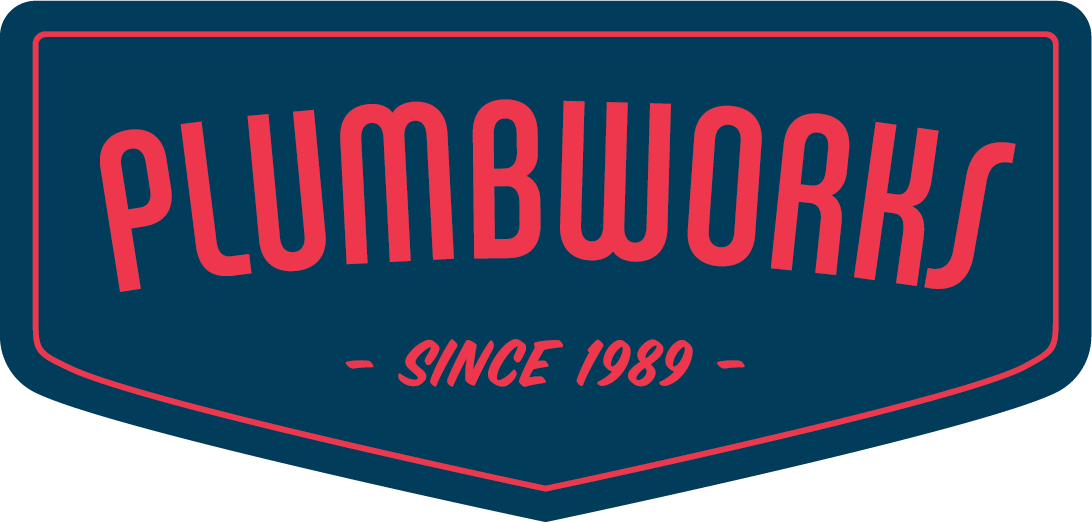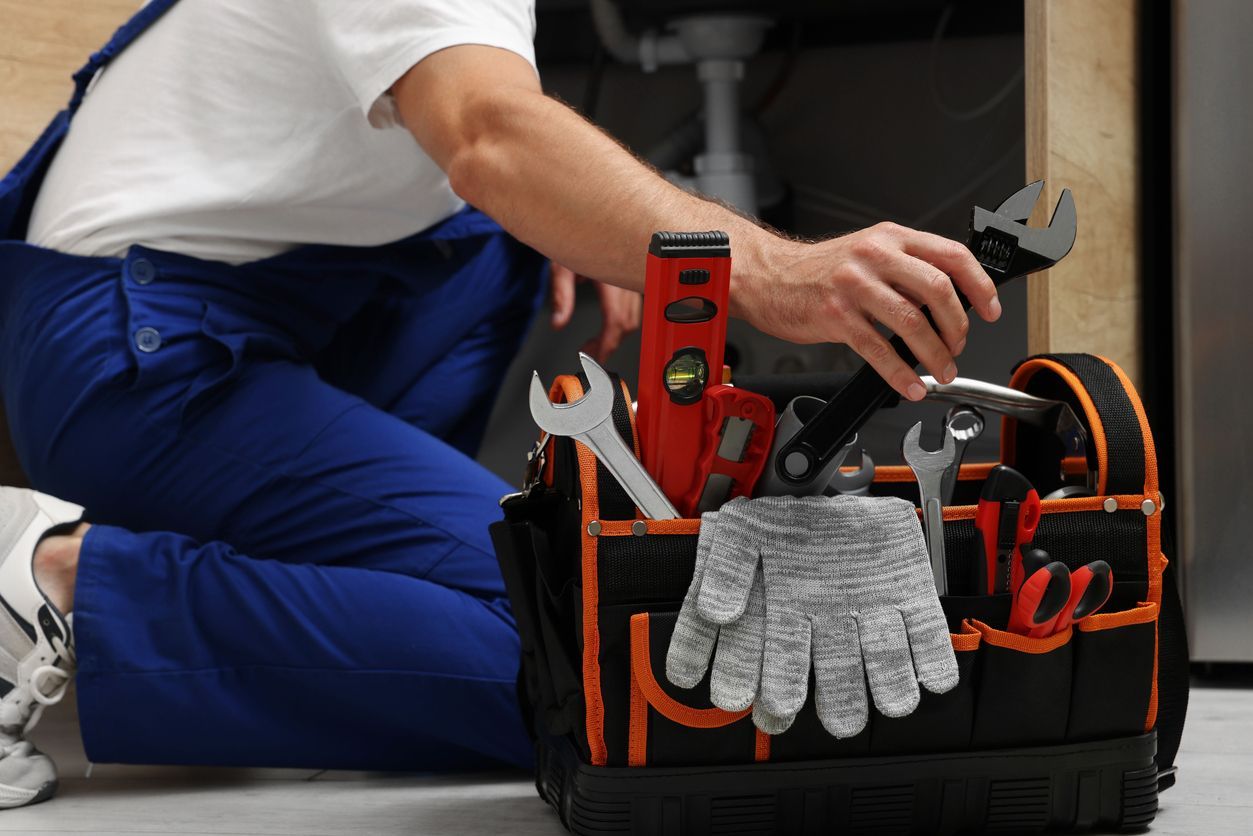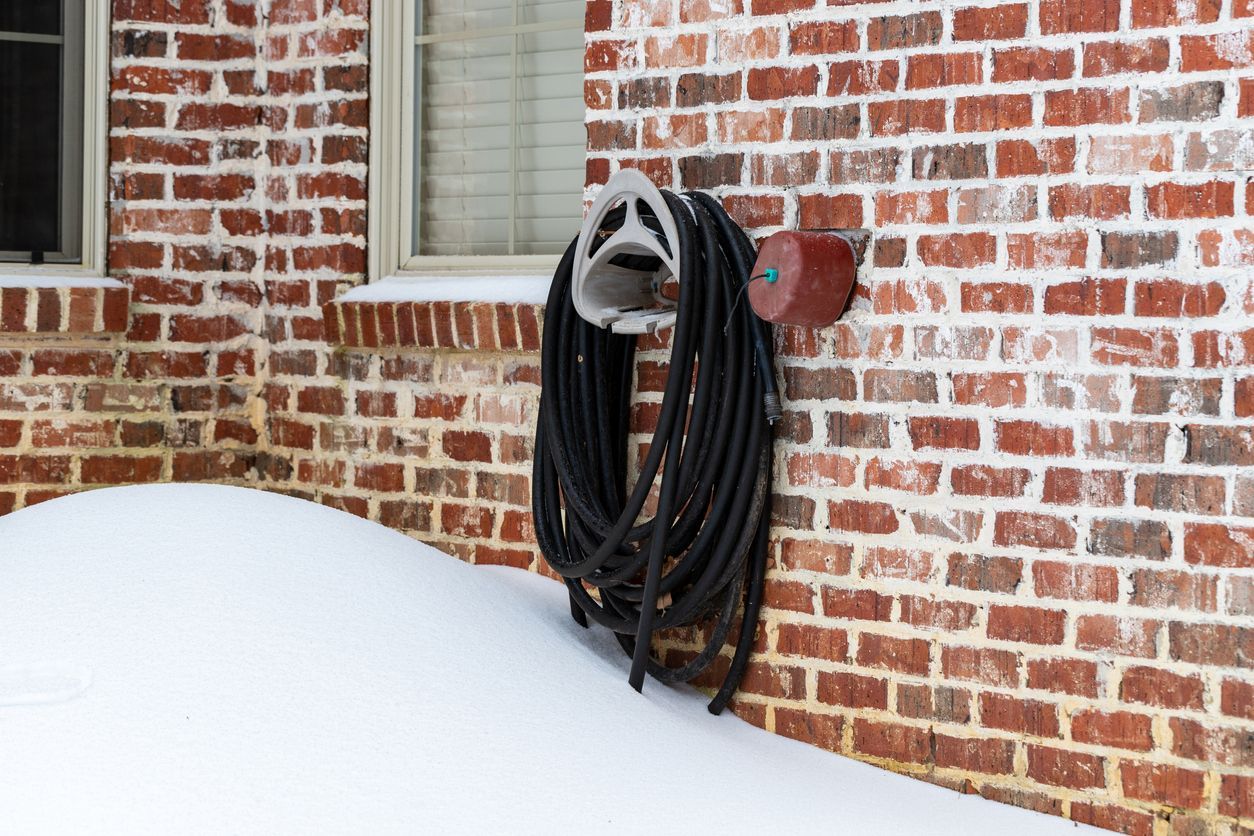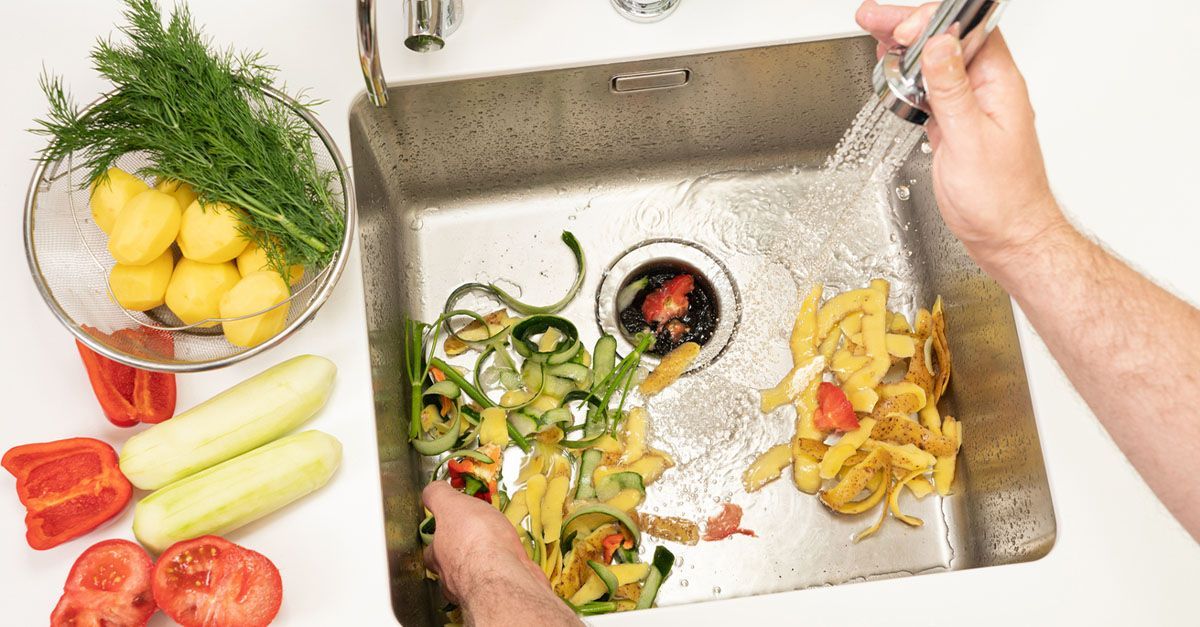Storm Drain Cleaning: Your Guide to Preventing Leaf Buildup and Overflow

As fall brings cooler temperatures and vibrant foliage, it’s easy to forget that falling leaves can create significant problems for your storm drains. Both residential and commercial properties are at risk, especially when regular maintenance is neglected. In this blog, we’ll discuss the importance of cleaning storm drains, how leaf buildup leads to overflow, and why keeping up with maintenance can prevent expensive repairs.
The Problem with Leaf Buildup in Storm Drains
Fallen leaves may look harmless, but when they accumulate in storm drains, they create blockages that prevent water from flowing freely. This can cause:
- Overflowing drains in parking lots
- Water damage to building foundations and basements
- Unpleasant smells, especially for commercial properties that haven’t maintained their storm drains in 5+ years
Leaf buildup is often forgotten until it’s too late and the water starts overflowing. Regular cleaning is the key to preventing these issues.
Why Regular Maintenance is Essential
Storm drain maintenance should be conducted at least once a year, or every other year in lower-risk areas. This can include:
- Camera inspections to check for blockages or damage.
- Jetting lines to clear out leaves and other debris.
Maintenance is especially critical if your home or commercial property sits below street level. Properties at a lower elevation are more susceptible to flooding, and clogged storm drains can make this worse.
If your house or business is above street level we recommend you perform storm drain maintenance once every 2 years unless you notice frequent leaf buildup in the storm drain grates on your property.
The Dangers of Waiting Too Long
All it takes is one large storm for clogged drains to cause a sewer overflow. While overflow often occurs in parking lots, the worst-case scenario involves water backing up into your building’s foundation or basement. This can lead to structural damage, mold, and costly repairs.
For commercial properties, water damage can also disrupt business operations and create liability concerns. Property owners who neglect maintenance for five or more years might even notice persistent foul odors, which could indicate significant buildup and the presence of trapped debris or stagnant water.
How to Prevent Overflow After a Storm
The best way to prevent storm drain overflow is to stay on top of regular maintenance. However, if a storm hits and you suspect your drains may be blocked, it’s important to act quickly:
- Check for standing water in low-lying areas or parking lots.
- If you notice an overflow, call a professional to inspect and clear your storm drains immediately.
- After heavy storms, consider scheduling a post-storm inspection to ensure everything is functioning properly.
Protect Your Home and Business With Plumb Works
Storm drain cleaning is an easy task to forget, but it’s crucial for avoiding water damage and keeping your property safe. By maintaining your drains yearly or every other year, you can rest easy knowing your property is protected from the dangers of leaf buildup and storm drain overflow.
Whether you own a home or a commercial building, regular inspections and maintenance will save you from costly repairs in the future. Don't wait until after the next big storm—schedule your storm drain cleaning with Plumb Works today!












